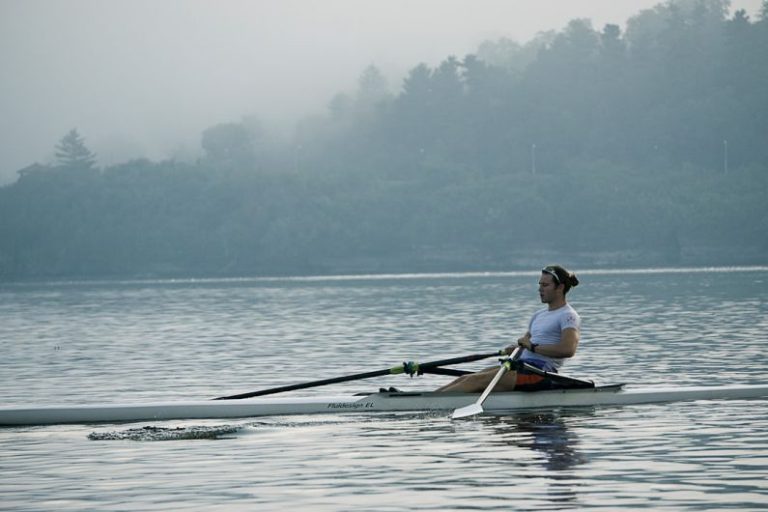
Rowing is a physically demanding sport that requires strength, endurance, and precise technique. Athletes who participate in rowing must constantly seek ways to improve their performance and prevent injuries. One effective way to enhance rowing performance is by utilizing recovery tools. These tools help athletes recover faster, improve their flexibility, and reduce muscle soreness. In this article, we explore how rowers can use recovery tools to optimize their performance on the water.
Understanding the Importance of Recovery in Rowing
Recovery plays a crucial role in rowing performance. After intense training sessions or competitions, rowers’ muscles need time to repair and rebuild. Without adequate recovery, athletes risk overtraining, fatigue, and injury. Recovery tools can help facilitate the recovery process by promoting blood flow, reducing inflammation, and relieving muscle tension. By incorporating recovery tools into their routine, rowers can enhance their overall performance and maintain peak physical condition.
Foam Rollers: A Key Tool for Muscle Recovery
Foam rollers are a popular recovery tool among athletes, including rowers. These cylindrical devices are used for self-myofascial release, a technique that helps release tight muscles and improve flexibility. Foam rolling can help alleviate muscle tightness, reduce soreness, and enhance range of motion. Rowers can use foam rollers to target specific muscle groups, such as the hamstrings, quadriceps, and back muscles. Incorporating foam rolling into a post-workout routine can help improve recovery and prepare the body for the next training session.
Massage Guns: Targeted Muscle Relief
Massage guns have gained popularity in recent years as a convenient and effective recovery tool for athletes. These handheld devices use percussive therapy to target specific muscle groups and alleviate tension. For rowers, massage guns can be particularly beneficial for targeting the muscles used during rowing strokes, such as the back, shoulders, and arms. By using a massage gun regularly, rowers can accelerate muscle recovery, reduce stiffness, and improve overall performance on the water.
Compression Gear: Enhancing Circulation and Recovery
Compression gear, such as compression socks or leggings, can be a valuable tool for rowers looking to enhance recovery and performance. Compression garments work by applying pressure to the muscles, which helps improve circulation and reduce swelling. This can aid in the removal of lactic acid buildup, reduce muscle fatigue, and speed up recovery time. Rowers can wear compression gear during training sessions or for extended periods after workouts to reap the benefits of improved circulation and faster recovery.
Hydration and Nutrition: Essential Components of Recovery
In addition to using recovery tools, rowers must prioritize hydration and nutrition to support optimal recovery. Staying hydrated is crucial for maintaining performance and aiding in muscle recovery. Rowers should drink plenty of water throughout the day and replenish electrolytes lost during training sessions. Proper nutrition is also essential for muscle repair and growth. Consuming a balanced diet rich in protein, carbohydrates, and healthy fats can help fuel workouts and promote recovery. Rowers should aim to eat nutrient-dense foods and consider incorporating post-workout snacks or meals to support muscle recovery.
Maximizing Recovery for Peak Performance
To optimize rowing performance, athletes must prioritize recovery as an essential component of their training routine. By utilizing recovery tools such as foam rollers, massage guns, and compression gear, rowers can enhance muscle recovery, reduce soreness, and improve flexibility. Pairing these tools with proper hydration and nutrition can further support recovery efforts and contribute to overall performance on the water. Incorporating recovery tools into a comprehensive training plan can help rowers stay injury-free, perform at their best, and achieve their goals on the water.





